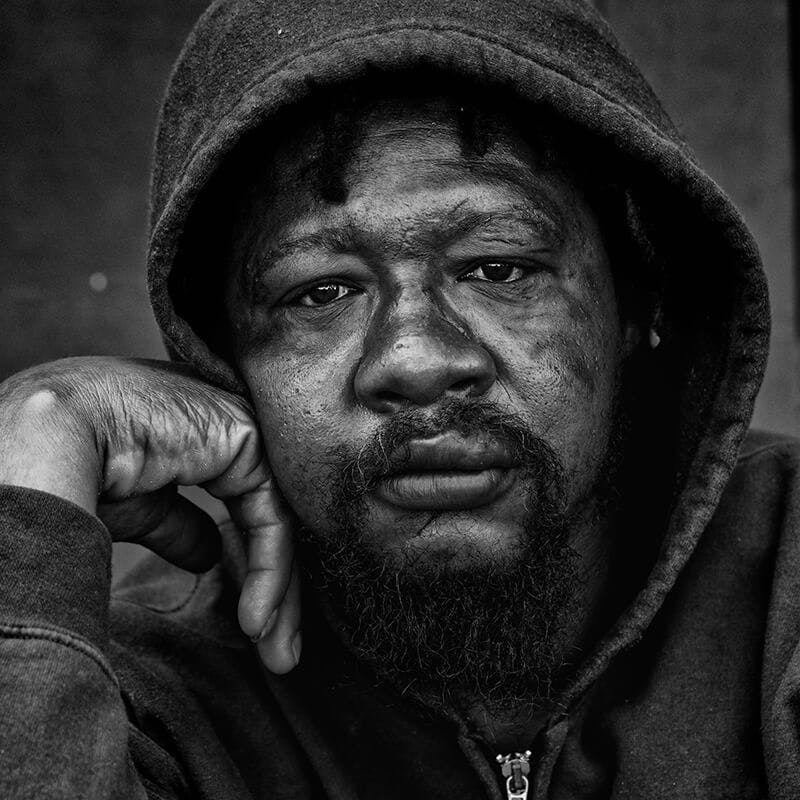Overdose Nation: The American Opioid Epidemic

Photo by Leroy Skalstad
The opioid epidemic is an ongoing and growing public health emergency for Americans, but it’s not a unique or isolated crisis. A deep dive into the history and causes of the opioid epidemic shows that America has long struggled with opioids, and it’s symptomatic of a cluster of underlying issues facing Americans everyday.
The History of Opioid Abuse and Overdose in America
The earliest that opioids became a public health issue in America was shortly after the Civil War, when veterans became hooked on morphine to deal with the physical and mental trauma of the war. Aided by the advent of the hypodermic needle, people seeking to abuse opioids could achieve bigger highs by directly pumping the drug into their blood for the first time. Throughout the late 1800s and early 1900s, members of the higher classes routinely also abused laudanum, a variety of tinctures that contained several kinds of opioids, partaking almost daily in self-medication.
Opioids surfaced again in the 1960s to 1980s, when newer iterations of opioids started to become increasingly powerful and deadly. This epidemic, centered around heroin and largely concentrated in low-income areas in major city centers like New York City, affected mostly young, minority males and took the lives of as many as 80,000 at its peak in 1970. When the epidemic finally ebbed during the 1990s, the problem of opioid abuse and overdose persisted out of the spotlight as national attention shifted elsewhere.
What the Crisis Looks Like Today

Photo by @Matthew_T_Rader
The current epidemic found its start in the late 1990s when opioids were overprescribed to patients because of a combination of an emerging medical consensus to treat pain and campaigns by pharmaceutical companies to falsely assure health providers that no harm would come from prescription opioids, according to Vox. This was coupled with the fact that the medical community had yet to explore pain management and treatment alternatives to prescription drugs. By the 2000s, heroin and synthetic opioids followed prescription opioids and brought the crisis to a head in the recent decade.
While both heroin and prescription opioids drive many of the overdose deaths in America, the latest danger stems from the flood of synthetic opioids entering the illicit drug market. Fentanyl and similar illicitly manufactured synthetic opioids saw a 500 percent increase in overdose rates from 2012 to 2018. Fentanyl is 30-50 times stronger than heroin and 50-100 times stronger than morphine, presenting a higher risk for overdoses than other opioids.
Today’s crisis is quickly approaching the peak of the 1960s-1980s epidemic, but the demographics reflect a different set of circumstances. Instead of being condensed around New York City, the opioid epidemic has spread west into the Midwest and down south, as far as Florida and Louisiana.
The opioid epidemic has spread across the United States, but the highest overdose rates remain in this region. While males continue to be disproportionately affected with almost double the overdose death rate of females, this epidemic has mostly hit non-Hispanic white male Americans, who represent upwards of 80% of overdose deaths each year. Why the demographics have changed since the 1960s-1980s epidemic is an important question that needs to be answered as solutions are crafted for this crisis.
Drivers of the Current Epidemic

Photo by Adi Goldstein
There are a variety of factors driving the opioid epidemic, with many overlapping to create a dire picture for those caught up in opioid addiction.
One of the primary, enabling factors, which helped kickstart the epidemic in the first place, is a combination of overprescription and an excessive availability of opioids. In a dramatic example, drug companies shipped 20.8 million prescription opioids to a West Virginian town of only 2,900 people between 2006 and 2016.
Pharmacies in the area distributed several thousand prescription opioids every day in an absurd excess relative to the population. Pain treatment guidelines remained lax about opioid prescription in an effort to alleviate pain by any means, and pharmaceutical companies and wholesale firms were more than happy to meet those demands while misleading health providers about their merchandise.
A recent study published in JAMA Network found an association between higher opioid marketing spending on health providers by pharmaceutical companies, higher opioid prescription rates, and higher overdose mortality rates. Considering how 80% of those who use heroin initially started by abusing prescription opioids. and the association between, we can see how the health care industry pushed Americans into the epidemic.
Social determinants of health, factors that drive health issues, are key to starting and maintaining opioid addictions. In many of the states with the highest opioid overdose rates, loss of jobs, job availability in poorer communities limited to manufacturing or service jobs with high risks for injury or chronic pain, safety net cuts, and housing instability, all driven by the 2008 Great Recession, created a dire economic state for those most at risk for opioid addiction and overdose. Rising medical costs certainly did not help either.
This constellation of social determinants of health are related to what has been termed “deaths of despair,” or a rise in the death rates of middle-aged men due to a combination of suicide, alcoholism, and drug abuse. Anne Case and Angus Deaton, who coined “deaths of despair”, found that while death rates in this population increased for all education levels, those with the lowest educational attainment had the highest increase.
Chronic pain, mental health issues, decline in quality of life, issues strongly associated with drug and alcohol abuse, were all tied to the rise in death rate. Anywhere between 25% to 45% of drug overdoses were found to be the result of suicide in various studies.
Social determinants of health drive health issues, and that is clearly reflected here. These people reported a crushing sense of isolation and hopelessness, and a persistent poor economic outlook did nothing to help alleviate these feelings that drove them into opioid abuse.
Addressing the Opioid Epidemic

Photo by Jose A.Thompson
The health care world and the policymaking world have been slow to react to the opioid epidemic, but recent efforts hopefully will being reversing addiction and death rates.
In Oct. 2018, the White House signed into law a bill that represents the biggest attempt to address the opioid epidemic to date, according to the Washington Post. The bill helps increase access to medication-assisted-treatment to help wean patients off of drugs, offers greater health care coverage for those seeking treatment under Medicaid and Medicare, and created a grant program for recovery centers with housing and job training, among other small solutions.
While physicians and other health providers remain divided on how to balance chronic pain management with fighting opioid addiction rates, nearly every state has instituted prescription drug monitoring programs that help them to keep track of excessive opioid prescriptions from specific practices and hospitals.
Needle exchanges, which are safe places for heroin users to inject and have access to clean, disease-free needles and emergency medical attention, are an effective means of harm reduction and many efforts have turned their attention to opening up new sites. While many states have worked to increase needle exchange sites, 15 states still ban them out of fear of concentrating drug users in one area. Even in states that have legalized them, some local officials have shut down needle exchange sites.
Naloxone, a drug used to reverse opioid overdoses before patients die, has been made more widely available in all states to first responders, health providers, and family members of those with addiction issues.
However, challenges remain even for implemented solutions.
Kaleo, producers of a name brand version of naloxone, hiked the price of their life-saving drug by 600% to $4,000 from $575 over the course of four years. While Kaleo’s drug isn’t the only one on the market, it represents pushback from a pharmaceutical industry that tries simultaneously to refuse to take responsibility while seeking ways to profit off the epidemic.
The recent opioid epidemic bill only represents a patchwork of smaller fixes, and public health officials have chimed in saying that a lot more needs to be done to see significant changes, according to the Washington Post. Furthermore, as manufacturing and coal mining jobs continue to leave the United States, those same areas adversely affected by social determinants of health will continue to see the problem get worse. Stopping the opioid epidemic requires a multifaceted approach that addresses all the underlying issues, and that needs to be the focus of future initiatives moving forward.

